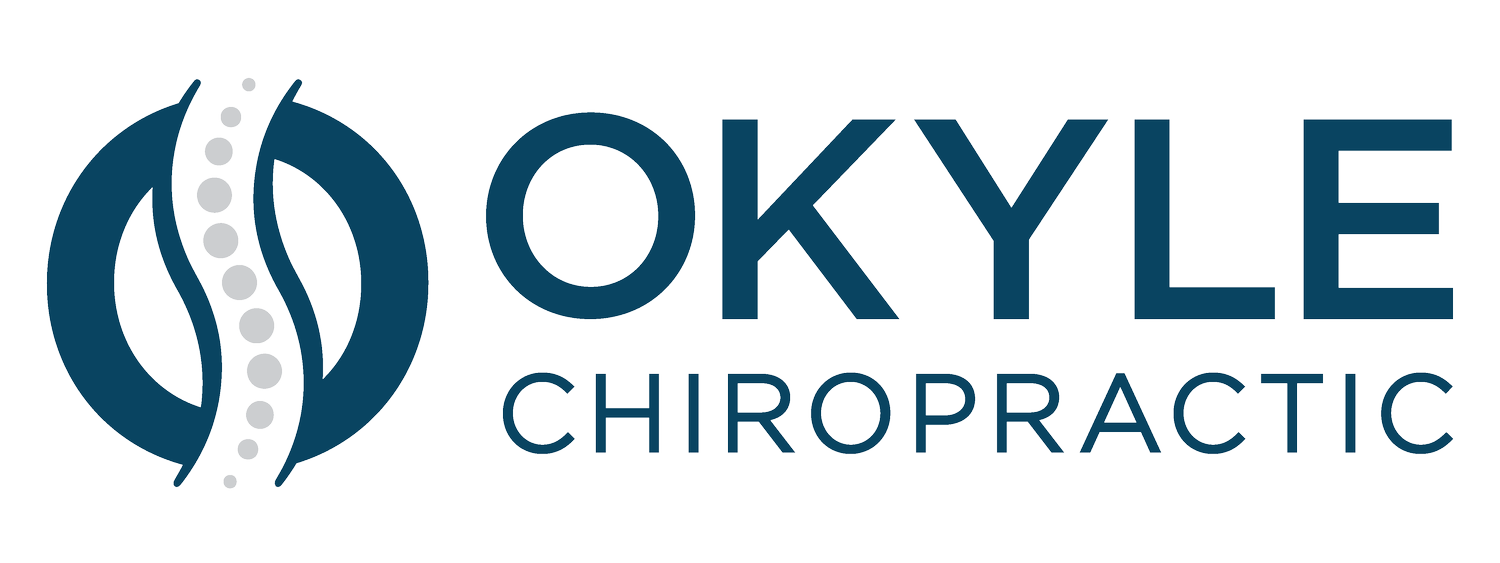CARING FOR YOURSELF WHILE CARING FOR CHILDREN
Are you a parent? Caregiver? Aunt? Uncle? Grandparent? Teacher? Around kids at all?
Have you caught yourself experiencing neck or back pain (or any other body part - knees, shoulders, hips, feet, etc.) while caring for or playing with a child? You are not alone! I see so many individuals who have a variety of complaints stemming from poor body mechanics when caring for children. It’s so easy to forget about ourselves and the positions we have our body in when around children - constantly bending over, leaning, carrying heavy loads (usually in a completely awkward way) to name just a few. We do whatever we can to get through the day with kids. That being said, we need to remember to take care of our own bodies!
Below is a brief overview of a few things we can do during the day to prevent aches and pains that stem from dysfunctional movement patterns.
First and foremost, when we lean over or bend over, it is important to bend with knees rather than bending over with our back and keeping knees straight. When bending with our back, this puts extra strain on the muscles in the low back which could lead to injury. If bending to lift something, it is even more important to bend with knees for this reason. Bending and lifting without the activation of knees puts all of the workload on the muscles in the back and requires the back to do much more work when the muscles are already in a possibly unstable state.
Second, when holding a child, especially a baby, be sure to place pillows or some type of support under your arm. Several individuals have come in complaining of shoulder, arm, and/or neck pain which stems from trying to hold a baby for extended periods in the same position without support under the adult’s arm. When this happens, our body ends up using additional muscles that aren’t typically used in this position to help keep the arm up and stable. This also causes the shoulder to slowly creep up closer to our ear, causing contraction and stress on the muscles all the way up the neck. Allowing the arm to relax on a pillow or other type of support prevents these things from happening which in turn can prevent aches, pains, and injuries.
Next, when carrying a toddler, carry him or her close to your body. This allows the weight of the child to distribute across the adult’s body more evenly. This reduces strain and possible injury on both your arms and back. If you are able to utilize both hands while carrying, try carrying the child in front of your body with the child sitting above your hips. This again allows the weight of the child to be distributed more evenly across the adult’s body, decreasing the risk of injury. If this position is not ideal and side carrying on the hips is the best option for you, be sure to switch sides often to avoid fatigue and imbalance on one side. The main ingredient for preventing injury or pain while carrying a child is to always try your best to maintain proper posture for your own body - shoulders back and chest lifted, avoiding slouching or leaning foward or to one side. Slouching or leaning can put excess strain on the back and neck muscles which in turn may lead to injury.
Another tip to promote a pain-free life with young children is to strengthen core muscles. This provides more stability and support for the spine, decreasing the risk of injury. Exercises such as plants, bridges, and/or abdominal crunches are great ways to strengthen the core. While on the core topic - bracing the core (basically flexing like you are showing off your six pack) throughout the day, especially while lifting, carrying, exercising, or any other activity that involves muscle activation, will help strengthen and protect your back.
The main goal is to do our best to maintain proper posture at all times - shoulders relaxed and back, chest lifted, head back (ears in line with shoulders or as close to it as possible), and back straight.
Any questions? Feel free to reach out to our office via phone or text: (310) 880-9663. Happy healing!
Disclaimer: The information provided on this chiropractic blog is for general informational purposes only and is not intended as a substitute for professional medical advice, diagnosis, or treatment. Always seek the advice of your physician or another qualified health provider with any questions you may have regarding a medical condition. Never disregard professional medical advice or delay in seeking it because of something you have read on this blog. If you think you may have a medical emergency, call your doctor or 911 immediately. Reliance on any information provided by this blog is solely at your own risk.
